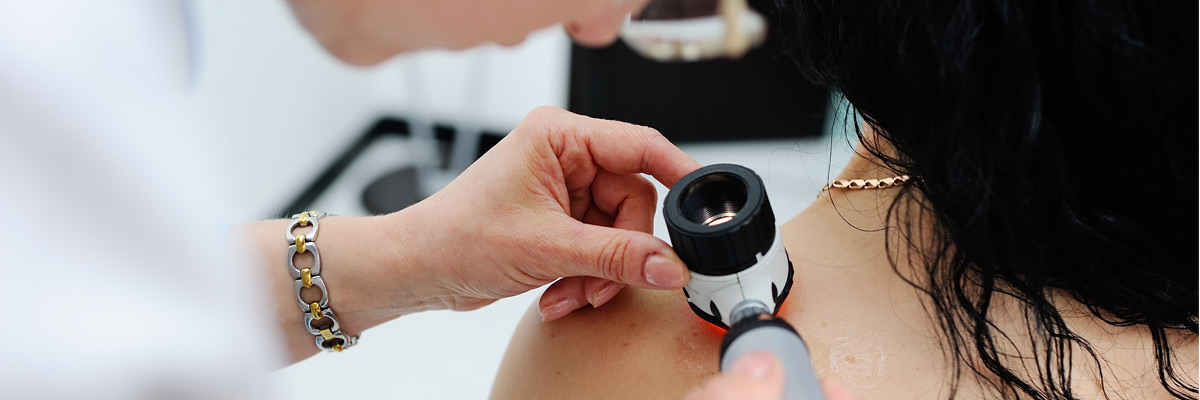
Dermatologic Compounds
We offer patient specific compounded products and “tried and true” formulas to meet your needs.
Aesthetic and Therapeutic
Medications can be compounded into creams, topical sprays, powders, and other various routes of administration.
Custom Skin Care
Our specially trained compounding pharmacists are able to work with you to create customized medication solutions.
Our compounding professionals can prepare individualized therapies for a myriad of dermatologic problems. Compounding pharmacists continue to improve both the aesthetic and therapeutic aspects of customized medications, offering alternatives and advantages for dermatology.
We can compound medications into cosmetically appealing creams, topical sprays and powders, as well as create customized oral dosage forms (such as flavored troches or lollipops) and various preparations for other routes of administration. Compatible drugs can be combined into a single dosage form to simplify a medication administration schedule and improve compliance. USP approved chemicals can be utilized to enhance the absorption of topically applied medications. We commonly prepare unique formulations that physicians develop to meet specific needs of their patient population, or “tried and true” formulas acquired during medical training.
We work together with prescriber and patient to solve problems, and all formulations are customized per prescription to meet the unique needs of each patient. Therapeutic results depend not only on the selection of drug, but also the use of a proper base and preparation technique. Please contact our compounding pharmacist to discuss the dosage form, strength, and medication or combination that is most appropriate for your patient. The following list is just a few of the preparations that we can compound for dermatology.
Our specially trained compounding pharmacists are available to answer any questions you may have.